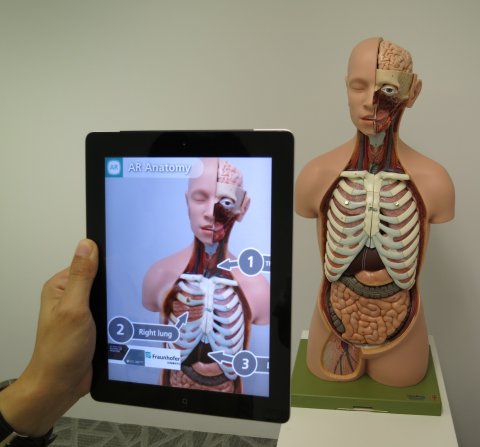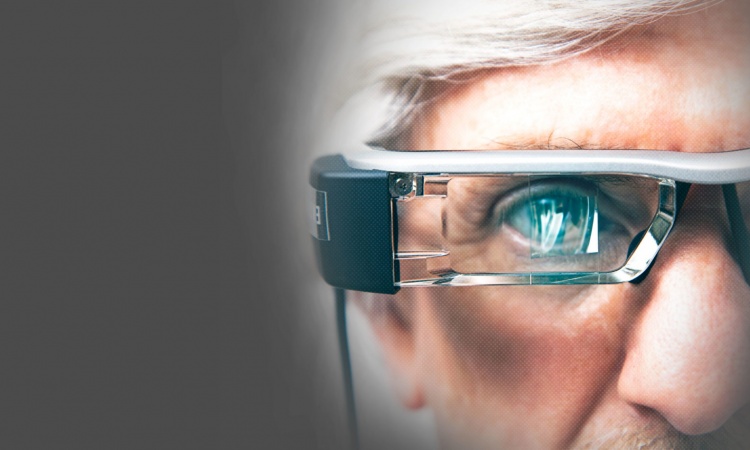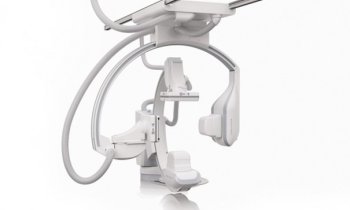News • Interventional radiology in oncology
Augmented reality sees right through the patient
A new augmented reality system to guide procedures in interventional oncology is currently taking its first steps. A three-step experiment proves this system to be precise and reliable enough to facilitate image guidance critical to the success of interventional oncology procedures.
Source: Pixabay/TheDigitalArtist
Through specific sensors, this system allows the interventional radiologist to literally see through the patient, and therefore to target lesions in real time without the need for other imaging technologies
Luigi Solbiati
Using a back-face camera and a tablet PC to visualise the patient, the system projects 3D images of body structures such as organs, lesions, and vessels on the video image of the patient. The projections are extracted from pre-operative CT and/or MR scans, and 3D change angles depending on the corresponding camera direction of the tablet. This gives the interventional oncologist the experience of seeing through the patient. “Through specific sensors, this system allows the interventional radiologist to literally see through the patient, and therefore to target lesions in real time without the need for other imaging technologies”, Prof. Luigi Solbiati, Professor of Radiology from Humanitas University in Milan, explains.

It is a novel finding that the augmented reality system can guide procedures, as precise image guidance is critical to the success of procedures in interventional oncology. The authors concluded that their system is reliable and precise, as extremely high targeting accuracy (below 5 mm) was achieved with experiments based on three models – an anthropomorphic trunk model, a porcine model, and a cadaver model. A thermal ablation procedure was simulated on these models, from which it followed that the projections of the augmented reality system very accurately depicted the location of the needle within the organs. The benefit of guiding procedures with augmented reality is that the need for extra real-time intraprocedural imaging such as CT and/or MRI – and thereby exposure to ionising radiation, is avoided. The Milan-based company that develops the Endosight augmented reality system, R.A.W. Srl, employs five of the eight authors of this study, who helped to develop the system.
Interventional radiology procedures for oncology prove a young and rapidly growing offshoot, dealing with diagnosis and treatment of tumours and cancer-related problems. They are targeted, minimally invasive procedures, performed under image guidance.
Source: ESR/European Radiology Experimental
03.08.2018











